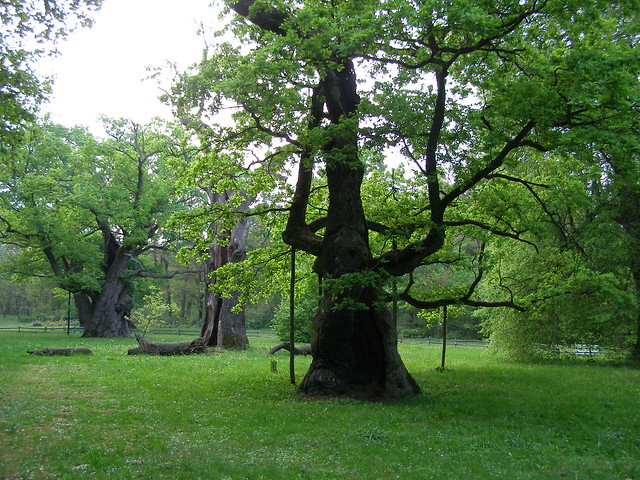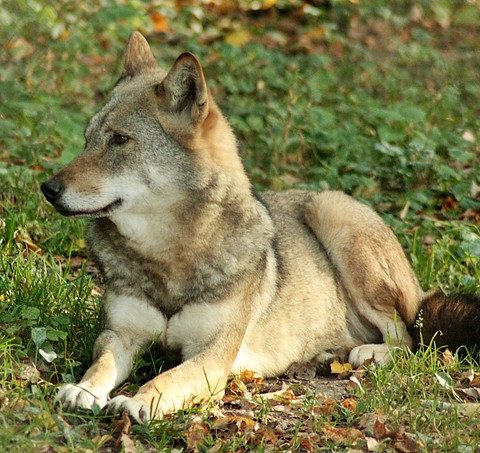Die internationale forstgeschichtliche Tagung „European forests – our cultural heritage“ findet von 4. bis 7. Dezember 2018 in St. Georgen am Längsee (Kärnten) statt. Ziel der Tagung:
The aim of the European Cultural Heritage Year 2018 is to share our common cultural heritage and its potential for identification, participation on and development of European cultural, social, economic and other values. The cultural heritage of the forests and in the forests tackles the multiple interrelationships between forests, forest management and the human society, which have changed in the course of history. It is not only confined to demonstrating historical developments, but contributes also considerably to a better understanding of the present situation of forests and the development of the cultural landscape, and provides valuable input for forest conservation and management policies.
The EU-Action Plan 2006 acknowledged cultural landscapes, traditional practise and other cultural values of forests as some of the ways of achieving local and regional sustainable development. Landscape values are also included in the new Common Agricultural Policy (CAP) and the European Landscape Convention. Cultural landscapes are considered to be a development factor. These potentials have only partly been investigated till now.
However, there is an increasing demand by forest owners related to new markets and additional income beside forestry and an increasing interest of tourisms in the utilization of forest areas and beautiful sceneries. At present numerous initiatives, collections and museums exist; however, they are often not adequately linked. Thus, a new approach for co-operation of forest and woodland history including traditional knowledge and forest and tourist enterprises is aimed and an increasing need to deepen the knowledge related to the forest related cultural heritage should be fulfilled.
Von Lettland bis Spanien
Einige Beiträge, die ich besonders interessant finde (eigentlich könnte ich jeden einzelnen anführen):
- Mārtiņš Lūkins: Ancient forest mapping and recognition: case study from Latvia
- Tanya Bakhmetyeva: Seeing the Nation for the Trees: The Cultural Heritage of Białowieża Forest and the Debate on Polish National Identity
- Triin Kusmin: Presenting and Interpreting Cultural Heritage in the Visitor Management of Estonian State Forest
- Péter Szabó: Non-timber Forest Uses in Preindustrial Central Europe
- Elisabeth Johann: The forgotten heritage: Sustainable Forest Management and the Safeguarding of the Forestry-related Tangible and Intangible Cultural Heritage in Austria
- D. Rus: The relation with the forest in Transylvania reflected in local fairytales and legends
- Jiří Woitsch: The inventory of memorable trees in the Czech Republic: A potential tool for identification and safeguarding of traditional knowledge and heritage related to trees and forest management
- Catharina de Pater: Articulation of Spiritual Values in Forest Management Plans
- Marianne Schreck: Forest in Austria (1930-19947) – from the crisis until the reestablishment of the Federal Department of forest. Visual correspondences between the regimes, forestry institutions and cultural phenomenons
- Nina Luostarinen: Put yourself in the picture – Art interpretations as a Tool for Deeper Connection to the Forest
Das vollständige Programm und Informationen zur Anmeldung finden Sie auf der Website des Fachausschusses Forstgeschichte im Österreichischen Forstverein.
 Die Steileichen im Park des polnischen Schlosses Rogalin haben eine besondere Bedeutung: Drei von ihnen erinnern an die Legende der drei Brüder Lech, Čech und Rus, die als Stammväter der slawischen Länder Lechland (Polen), Čechy (Böhmen) und Rus (Ruthenien) gelten. Die Bäume sind nicht sehr hoch, aber um die siebenhundert Jahre alt.
Die Steileichen im Park des polnischen Schlosses Rogalin haben eine besondere Bedeutung: Drei von ihnen erinnern an die Legende der drei Brüder Lech, Čech und Rus, die als Stammväter der slawischen Länder Lechland (Polen), Čechy (Böhmen) und Rus (Ruthenien) gelten. Die Bäume sind nicht sehr hoch, aber um die siebenhundert Jahre alt.
